
An Introduction to Java Programming 
Gain an understanding of the fundamentals of procedural programming in Java with this introduction to the language. Learn the basics of Java and start coding today. ▼
ADVERTISEMENT
Course Feature
![]() Cost:
Cost:
Free
![]() Provider:
Provider:
Udemy
![]() Certificate:
Certificate:
No Information
![]() Language:
Language:
English
![]() Start Date:
Start Date:
Self Paced
Course Overview
❗The content presented here is sourced directly from Udemy platform. For comprehensive course details, including enrollment information, simply click on the 'Go to class' link on our website.
Updated in [April 29th, 2023]
This course provides an introduction to Java programming. Students will become familiar with basic Java concepts, such as procedural and object-oriented programming. They will gain a solid understanding of computational logic and will be able to use object-oriented programming to model and solve real-world situations.
[Applications]
After completing this course, students should be able to apply the concepts of Java programming to create their own applications. They should be able to use procedural and object-oriented programming to model and solve real-world problems. Additionally, they should be able to use computational logic to create efficient and effective solutions.
[Career Paths]
1. Java Developer: Java Developers are responsible for developing and maintaining applications using the Java programming language. They must have a strong understanding of object-oriented programming principles and be able to write efficient code. With the increasing demand for mobile applications, Java Developers are in high demand and the job outlook is expected to remain strong.
2. Software Engineer: Software Engineers are responsible for designing, developing, and testing software applications. They must have a strong understanding of programming languages, such as Java, and be able to work with a variety of software development tools. Software Engineers are in high demand and the job outlook is expected to remain strong.
3. Web Developer: Web Developers are responsible for creating and maintaining websites. They must have a strong understanding of HTML, CSS, and JavaScript, as well as a good understanding of web development frameworks, such as Angular and React. With the increasing demand for web applications, Web Developers are in high demand and the job outlook is expected to remain strong.
4. Data Scientist: Data Scientists are responsible for analyzing large amounts of data and using it to make decisions. They must have a strong understanding of data analysis techniques, such as machine learning and statistical analysis, as well as a good understanding of programming languages, such as Java. With the increasing demand for data-driven decision making, Data Scientists are in high demand and the job outlook is expected to remain strong.
[Education Paths]
1. Bachelor of Science in Computer Science: This degree path provides a comprehensive overview of computer science, including programming languages, algorithms, data structures, operating systems, and software engineering. It also covers topics such as artificial intelligence, computer graphics, and computer networks. The degree is becoming increasingly popular as technology advances and more businesses rely on computer systems.
2. Bachelor of Science in Information Technology: This degree path focuses on the application of technology to solve business problems. It covers topics such as database management, web development, network security, and software engineering. It also provides an understanding of the principles of information systems and how to use them to create efficient solutions.
3. Master of Science in Computer Science: This degree path provides a more advanced understanding of computer science, including topics such as artificial intelligence, computer networks, and software engineering. It also covers topics such as machine learning, natural language processing, and computer vision. This degree is becoming increasingly popular as technology advances and more businesses rely on computer systems.
4. Master of Science in Information Technology: This degree path focuses on the application of technology to solve business problems. It covers topics such as database management, web development, network security, and software engineering. It also provides an understanding of the principles of information systems and how to use them to create efficient solutions. This degree is becoming increasingly popular as businesses rely more heavily on technology to solve their problems.
Pros & Cons

Good experience

Covers basic and important ideas

Good flow of content

Explained well for beginners

Good for people with programming knowledge

Abstract classes, interfaces and polymorphism not clear

Need more quizzes and exercises

No basic program structure explained
Course Provider

Provider Udemy's Stats at AZClass
Discussion and Reviews
0.0 (Based on 0 reviews)
Explore Similar Online Courses

Learning Go Online Class

After Effects CC: The Complete Guide to After Effects CC
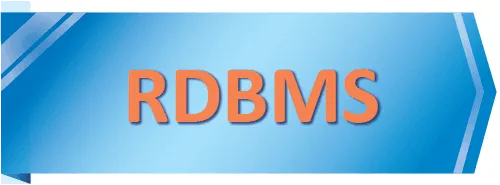
RDBMS PostgreSQL
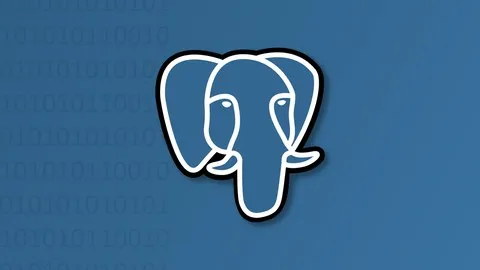
Intro To PostgreSQL Databases With PgAdmin For Beginners
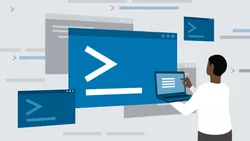
PostgreSQL: Client Applications

Mastering SQL using Postgresql

Database Design and Basic SQL in PostgreSQL
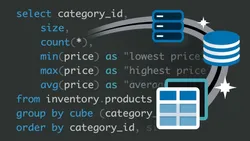
PostgreSQL: Advanced Queries

Spatial SQL with Postgres : A language for geographers

Learn SQL Using PostgreSQL: From Zero to Hero
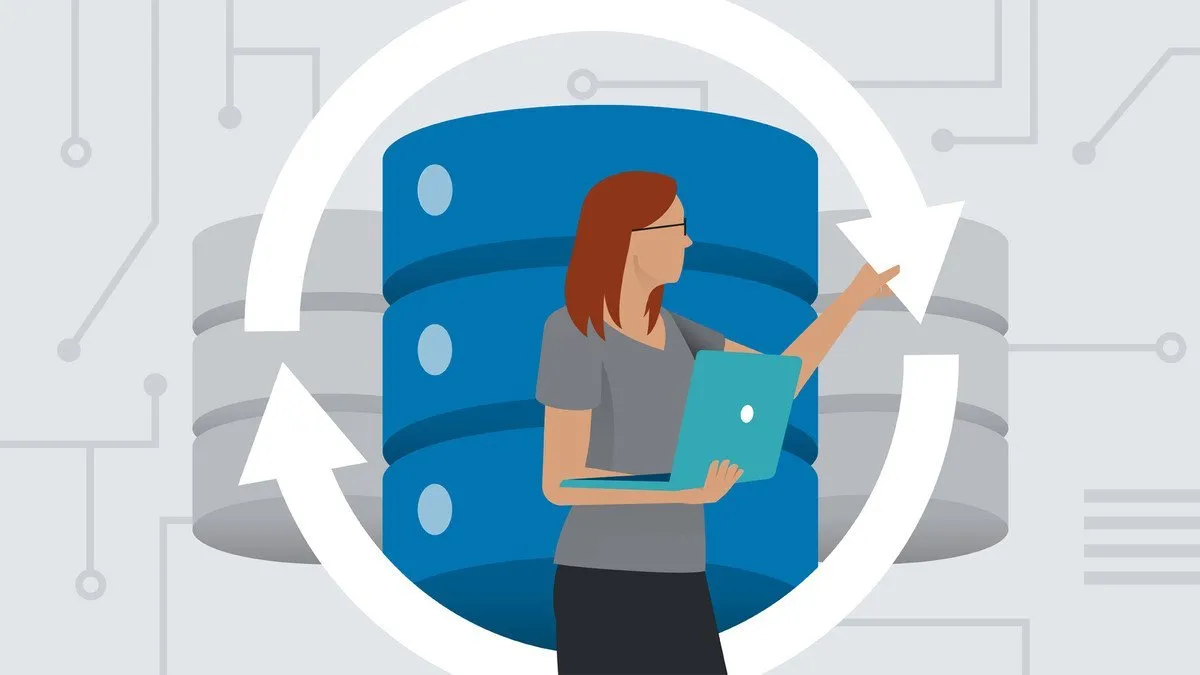
PostgreSQL Essential Training
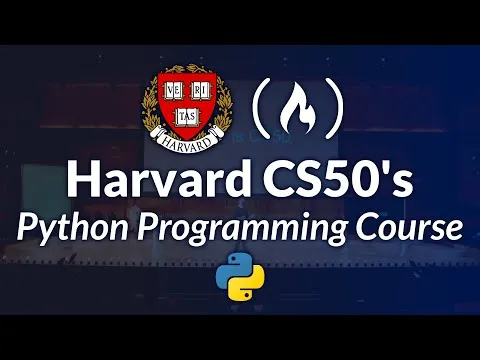

Start your review of An Introduction to Java Programming